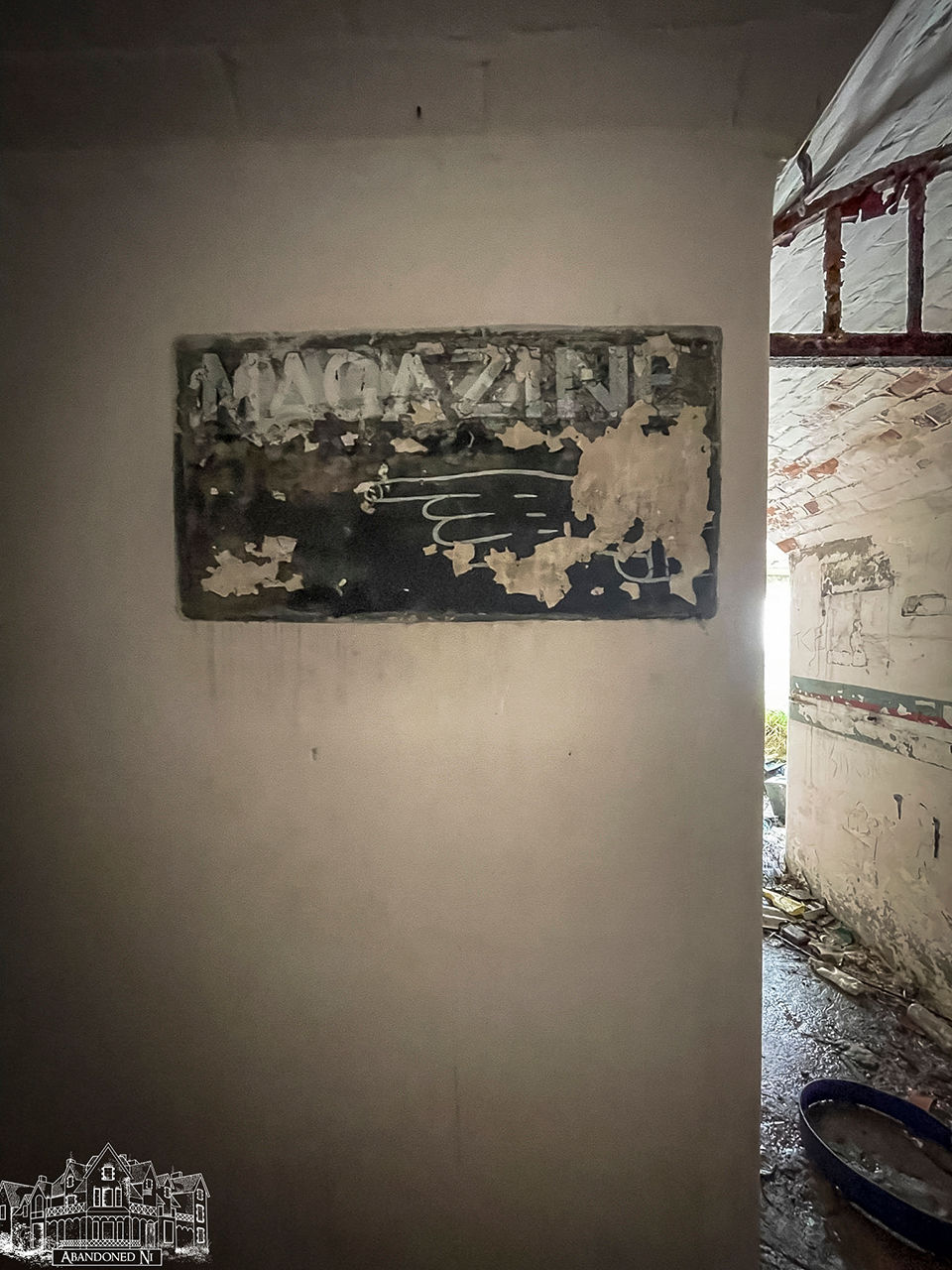Search
Abandoned WW1 Military Fort
- Abandoned Ni
- Aug 15, 2021
- 2 min read
My visit to this abandoned site was one of the most unique I've experienced. When I first stumbled across the site in 2010, its condition has barely changed, which is surprising considering how exposed it is to the harsh elements.
The battery defence fort was built in 1895 and had three guns which were in operation in WW1 protecting the waters below.

It is surrounded by extensive defence ditches and buildings to protect the base and stop any attacks.

Chimney stacks are all that remain of the accommodation blocks.

All that remains of the buildings are the bases and chimneys. The outer walls would have been tin.

The weather was in favour when I visited, but, I can't help but imagine how extreme it could have gotten for the soldiers who were based here, especially in the winter months.

With the bars still visible in the windows, this may have been a guard house.

The interiors have been stripped bare.

Bricks that have stood for over 120 years are crumbling and breaking away.

Here walls have totally given way and collapsed.

The site is eerily quiet and has an apocalyptic feel.

While walking through the ditches, I imagine what life was like on the fort in WW1. The site was only in use for 40 years and is 1 of 7 forts in the area.

Every angle of the defensive walls would have been guarded by soldiers. The fort's vantage point gave the soldiers a distinct advantage over any incoming threat on land or at sea.

In 1938, the British handed the fort over to the Irish Army, which manned it during WW2 with 120 soldiers.

The concrete walls are built to last and show little wear and tear.


In 1891, it was recommended that the Fort should be armed with a 9.2inch BL gun, two 9 or 10inch RML guns and two 6pdr QF guns for the defence of Lough Swilly. In 1901, it had two 9.2-inch BL Mk I guns and one 9.2-inch BL Mk IV gun. The guns were changed to Mark X between 1909 and 1911.

Rivets can be seen where one of the guns would have been located. The vantage point here would have been excellent for those attempting to navigate through the Lough.

Its breathtaking to see the views while standing on top of the gun battery.

Below are steps that lead to an underground tunnel system.

My torch is very useful at this point. ;0

The magazine stores are clearly marked.


The hatch leads to a small storeroom.


These tunnels almost reminded me of the London underground.

The cartridge and magazines were stored separately for safety reasons.

You can almost hear footsteps echoing up and down the corridors. There must have been a flurry of activity in these tunnels every day.


Small walls ran along the walls to the back of the tunnels; I wasn't brave enough to go all the way to the end. ;0

We are glad to see daylight again when we reach the end of the tunnels.

In the 1950s, the fort was disarmed and the guns dismantled. It has remained derelict ever since.


Comentarios